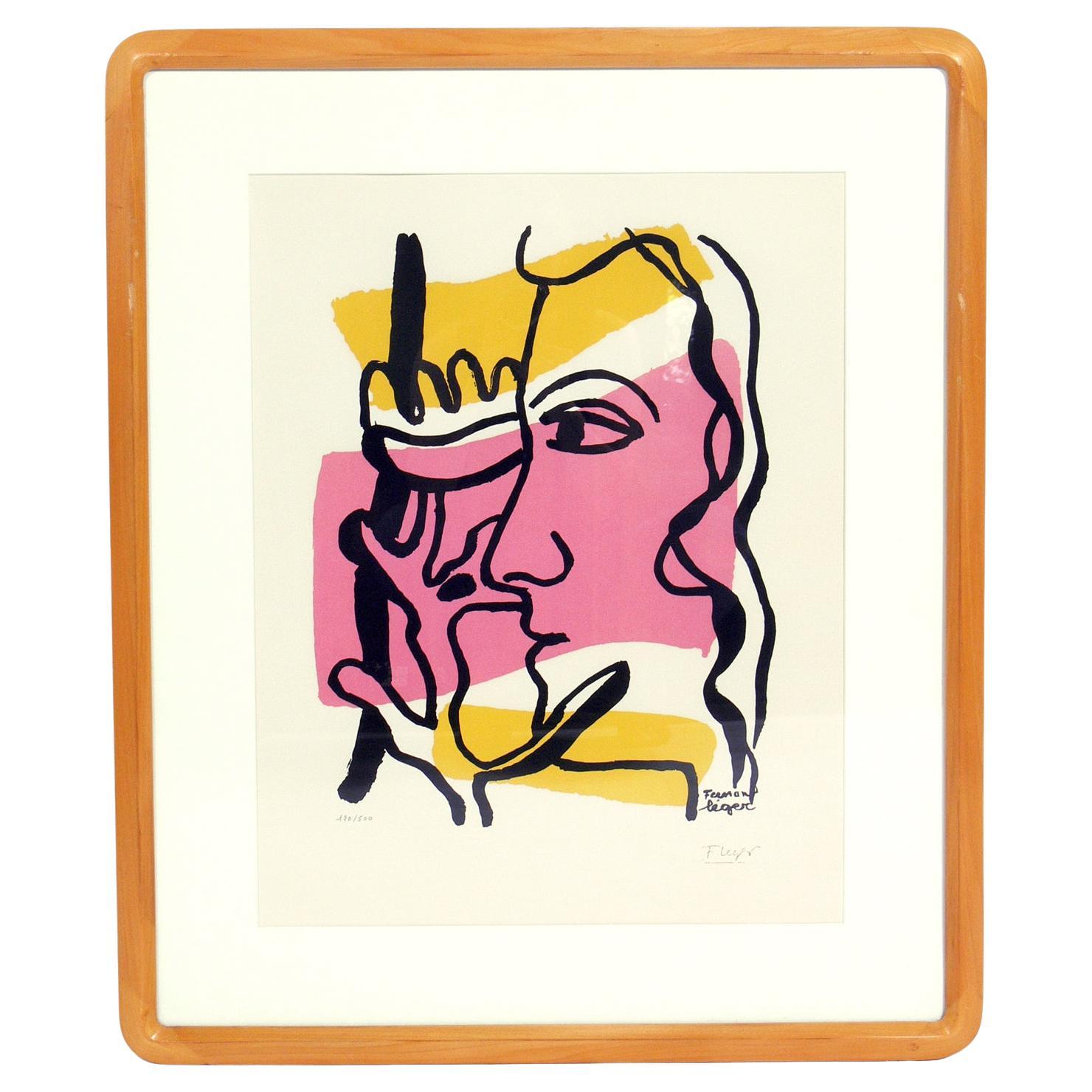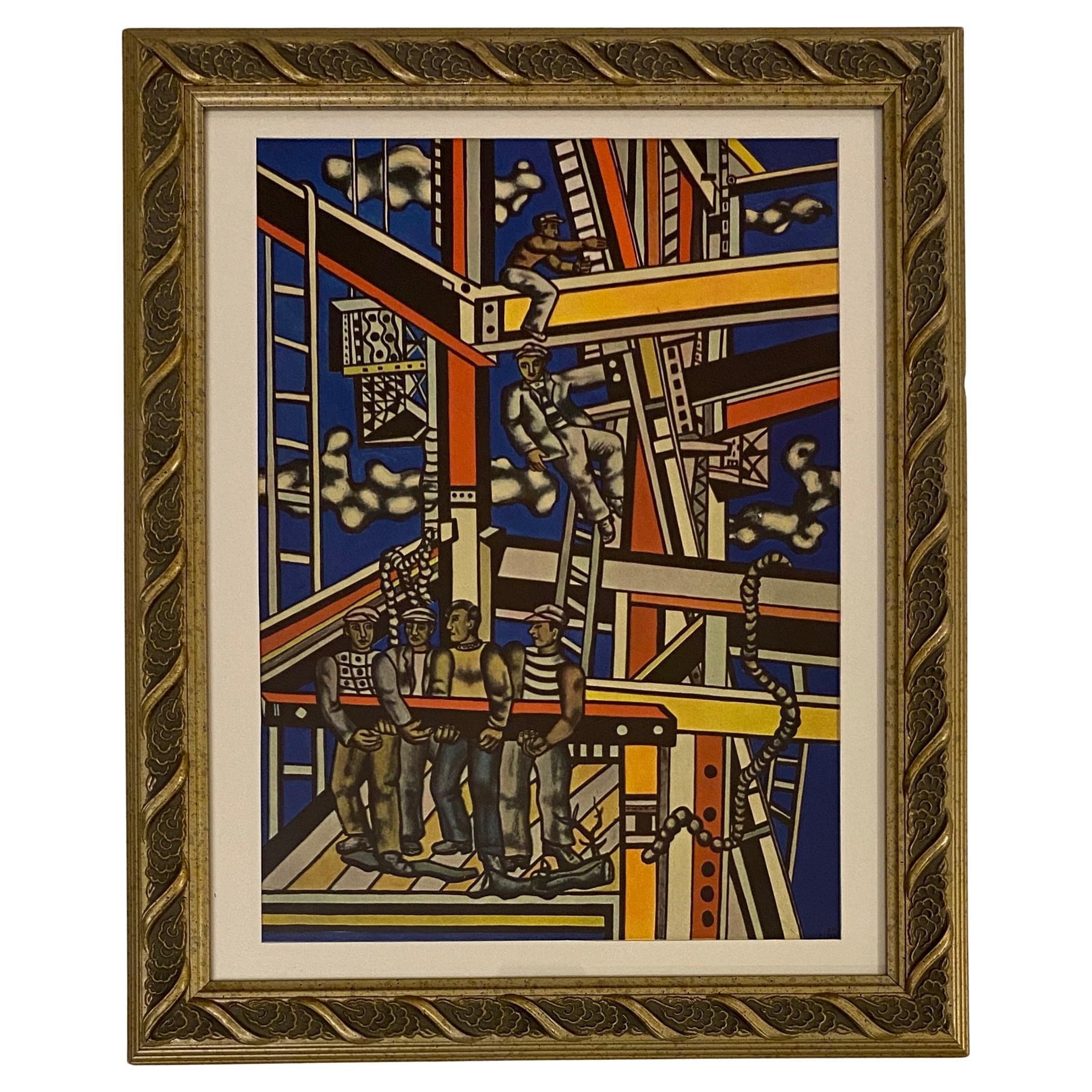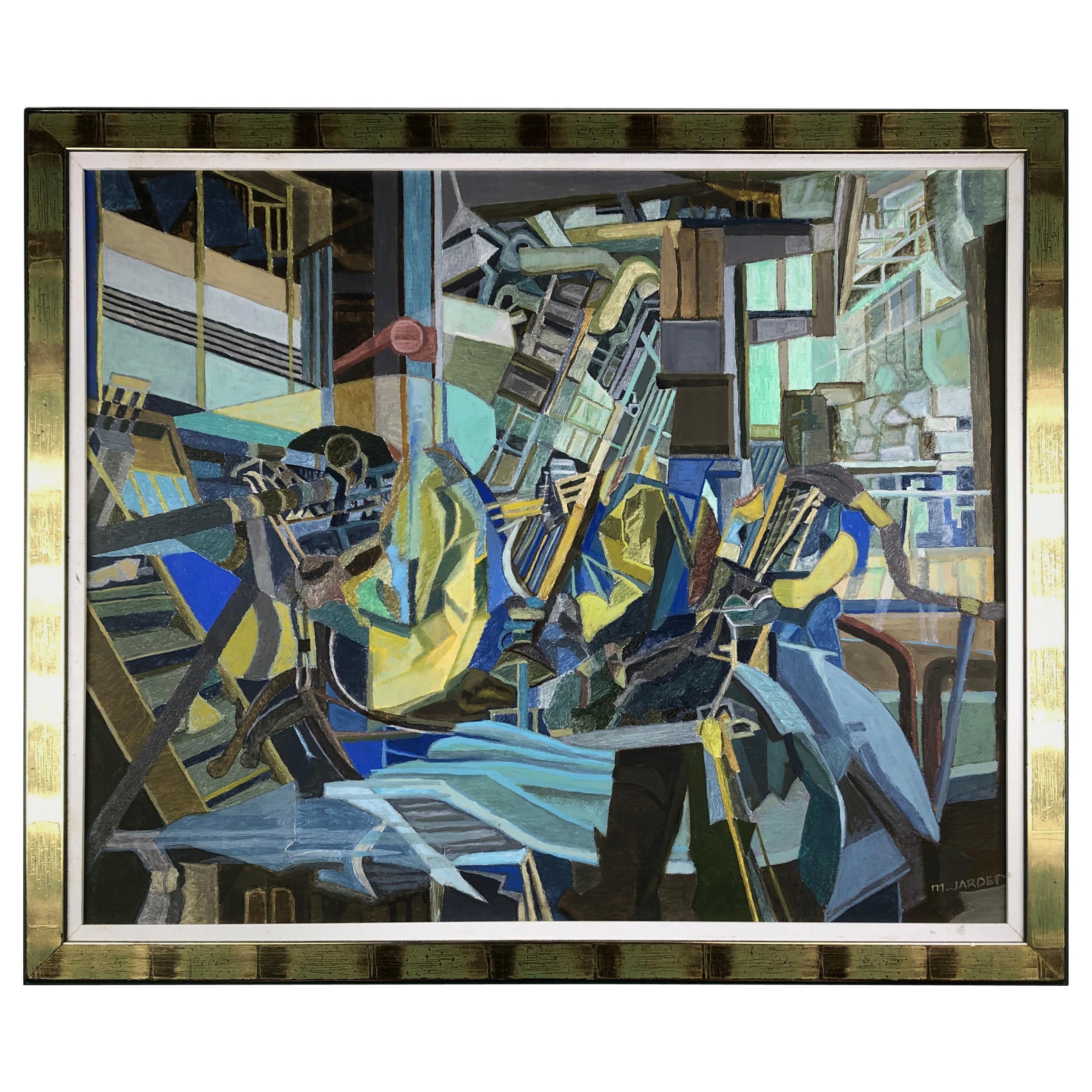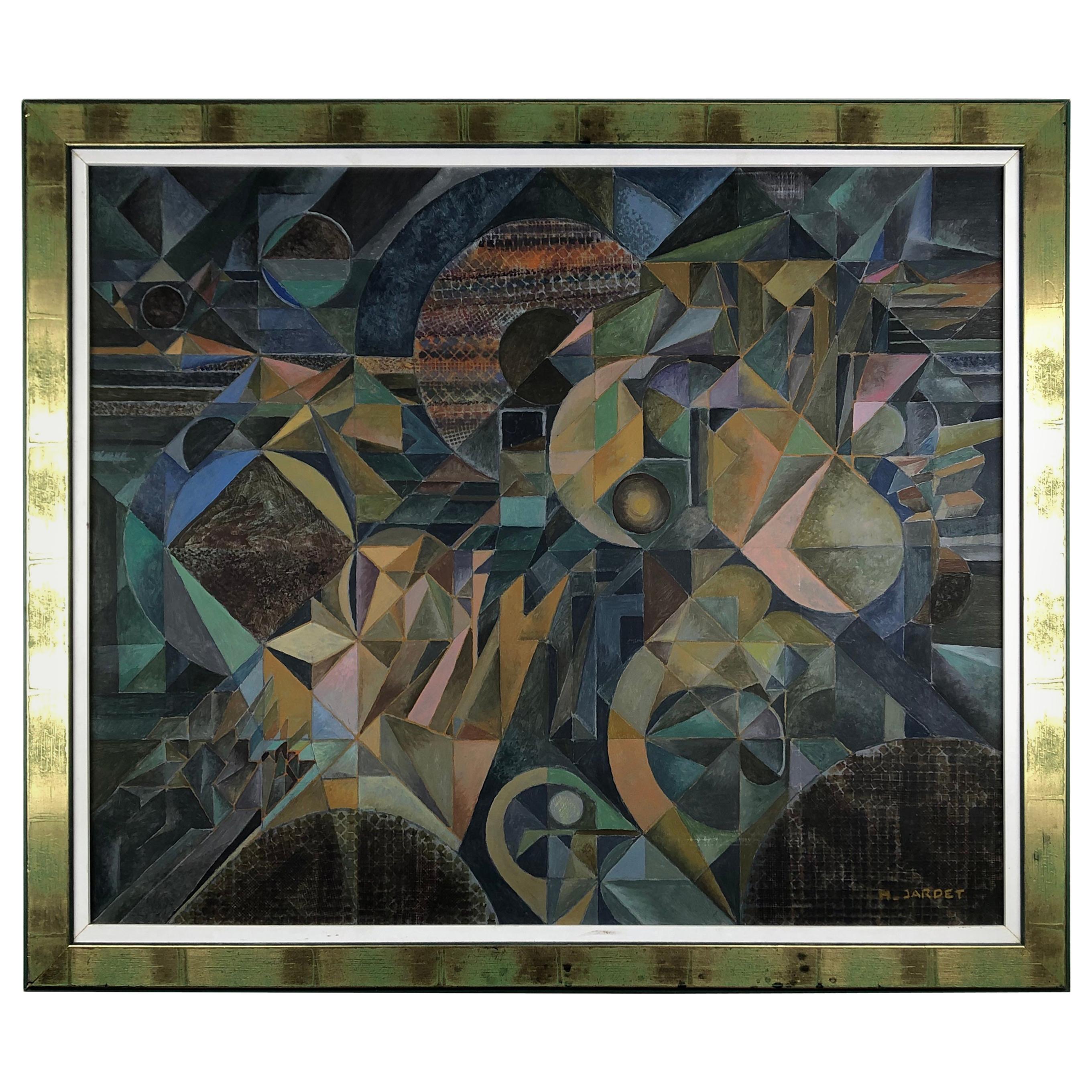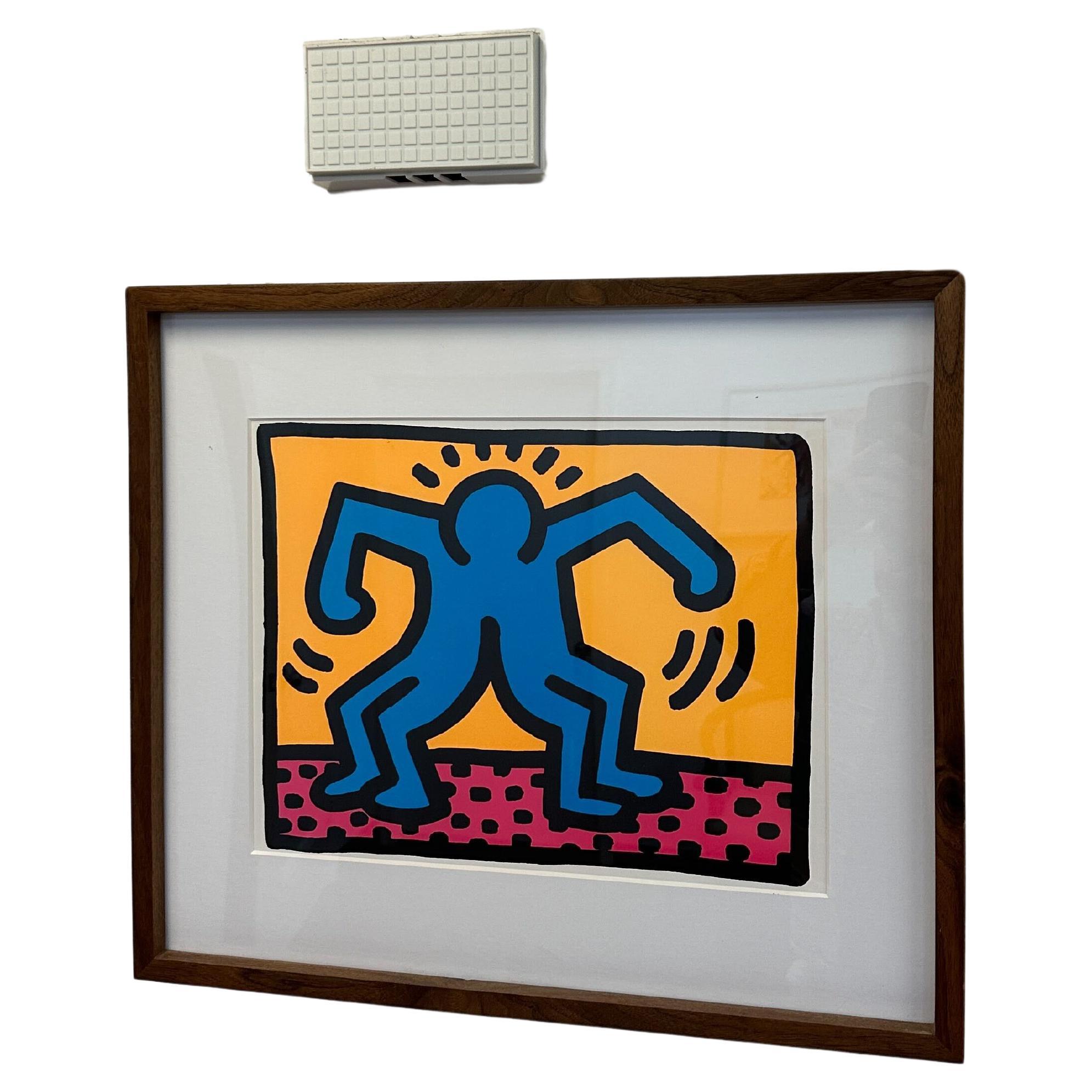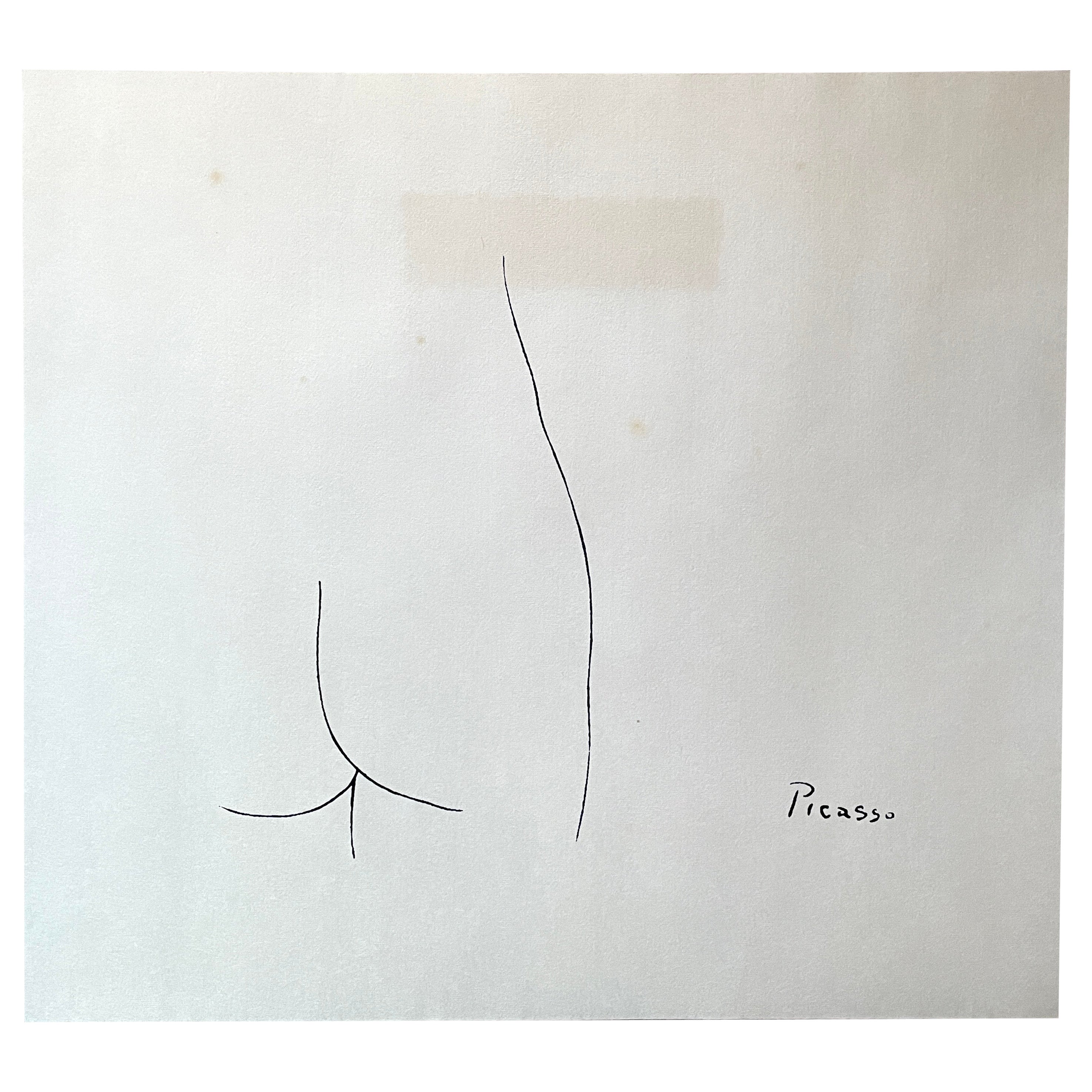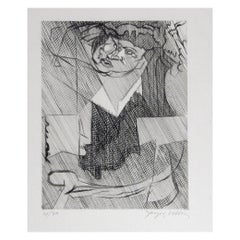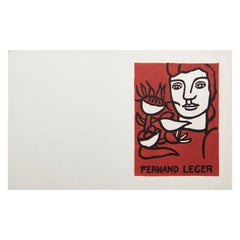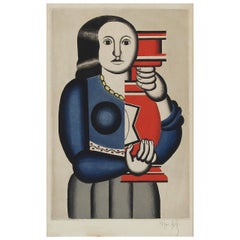
Jacques Villon Print after Fernand Leger, "Femme Tenant un Vase"
View Similar Items
1 of 5
Jacques Villon Print after Fernand Leger, "Femme Tenant un Vase"
About the Item
- Creator:Jacques Villon (Artist)
- Dimensions:Height: 21 in (53.34 cm)Width: 13.25 in (33.66 cm)Depth: 0.125 in (3.18 mm)
- Style:Mid-Century Modern (Of the Period)
- Materials and Techniques:
- Place of Origin:
- Period:
- Date of Manufacture:1928
- Condition:Wear consistent with age and use. Minor losses. some light mildew; shallow tear to paper edge.
- Seller Location:Southampton, NY
- Reference Number:1stDibs: LU80032418942
You May Also Like
- Jacques Villon Cubist Original Etching, 1951, “Figure de Femme”By Jacques VillonLocated in Phoenix, AZJacques Villon original etching “Figure de Femme” in the Cubist Surreal style. Hand signed and numbered. Small Edition, created 1951. Edition of 30 of...Category
Mid-20th Century Prints
MaterialsPaper
- Fernand Léger Color PochoirBy Fernand LégerLocated in Atlanta, GAAbstract color pochoir after Fernand Léger, signed and numbered 120 from the limited edition of 500 published by the Musee Fernand Leger, Biot, France. The size noted below is the fr...Category
Vintage 1970s French Mid-Century Modern Prints
MaterialsGlass, Wood, Paper
- Fernand Leger and Poem Andre Verdet Numered and Signed LithographyBy Fernand LégerLocated in Barcelona, BarcelonaLithographie Fernand Léger and poem André Verdet made in France in 1980 Numered and signed by Andre Verdet limited edition of 150.Category
Vintage 1980s Mid-Century Modern Drawings
MaterialsPaper
- Georges Dayez "Femmes Devant un Barque" Framed LithographBy Georges DayezLocated in Los Angeles, CAFramed cubist style lithograph by French artist Georges Dayez - "Femmes Devant un Barque" Dimensions 29” width x 24.5” height. Condition Good...Category
Mid-20th Century French Mid-Century Modern Prints
MaterialsWood, Paper
- Fernand Leger Print "Les Constructeurs"By Fernand LégerLocated in Miami, FLA very decorative print by renowned French artist Fernand Leger. Professionally framed. Measures: 16 1/4" x 13 1/4" x 3/4" D This Fernand Leger artwork will enhance any contemporary or modern setting. About the Artist: A painter as well as a filmmaker, illustrator, stage-set designer, ceramicist and printmaker, Fernand Léger was one of the most prolific artists of the first half of the 20th century. His early mature work as a Cubist was marked by the use of bold colors and contrasts and a visual vocabulary inspired by industrial technology. In his later career, Léger turned to idiomatic, almost naïve depictions of human figures, in a belief that his work should be accessible to ordinary people and relevant to their lives. Born in Normandy, the son of a cattle trader, Léger worked as an architectural draftsman in Paris while studying art. By 1908 he was a member of an artistic circle that included Marc Chagall, Robert Delaunay, sculptor Jacques Lipchitz, and the poet Guillaume Appolinaire, and through them he became connected to the Cubists. As opposed to the flat planes and neutral hues seen in the paintings of Pablo Picasso and Georges Braque, Léger’s Cubist abstractions were devised with vivid colors and forms that had dimensionality. Soon after his army service in World War I — he was gassed at the Battle of Verdun — Léger entered his “mechanical” period. Convinced that technology would improve the human condition, he painted compositions of tubular shapes and cylinders that are reminiscent of machine parts. In other work, Léger sought to capture the bustle and brio of modern life with references to railroad stations, factories, street signs and billboards. Léger had also emerged from the trenches with a deep concern to make his art engage the sorts of men and women he had met during the war. He sought to bring his work to a wider audience through film, theater sets and book illustrations. In the 1920s, influenced by Purism — a variant on Cubism that promoted a simpler and more direct approach to forms and compositions — Léger produced a series of paintings depicting everyday objects: a soda siphon, an accordion, a guitar and vase. The human figure returned to his work. By 1930, pure abstraction disappeared almost completely from Léger’s art...Category
Mid-20th Century French Mid-Century Modern Decorative Art
MaterialsPaper
- Jacques Villon Style Cubist Still LifeBy Jacques VillonLocated in Sharon, CTA beautiful unsigned oil on canvas in the School of Paris Cubist style of Jacques Villon. (on the back of the stretcher is lettered in pencil- Jonah Konig...Category
Vintage 1940s French Modern Paintings
MaterialsPaint


